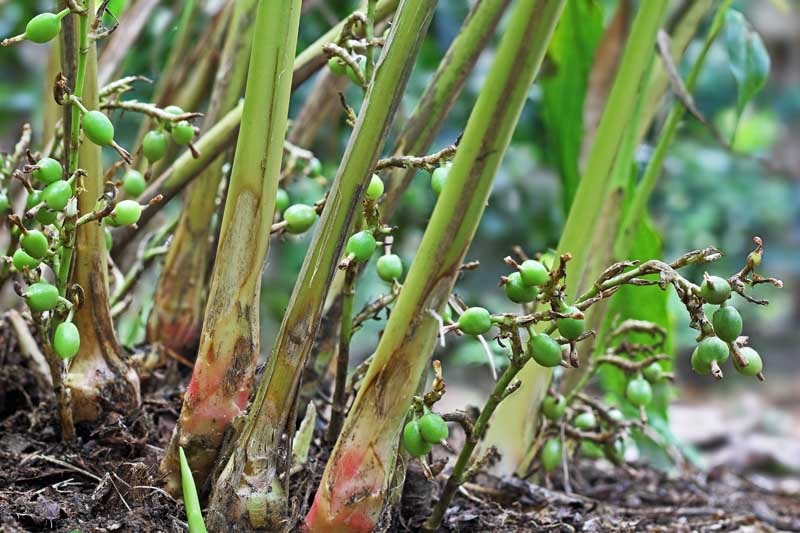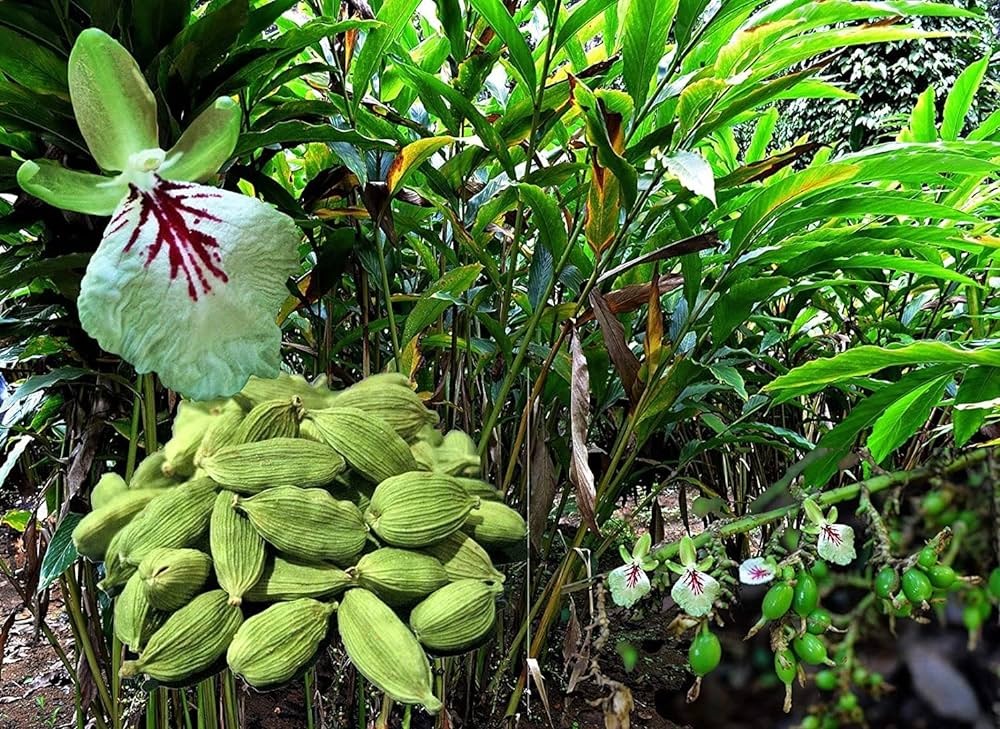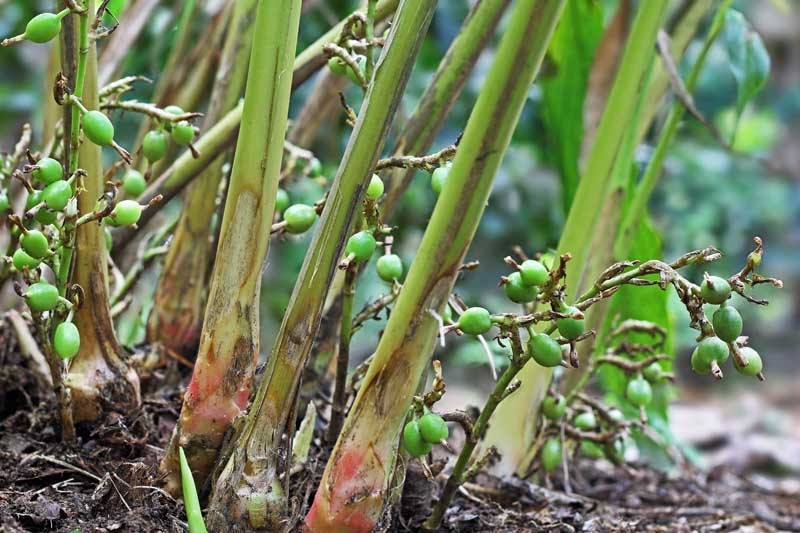Plantparadise
Green Cardamom Plant |Premium Green Cardamom Unveiled
Green Cardamom Plant |Premium Green Cardamom Unveiled
Regular price
Rs. 400.00
Regular price
Rs. 700.00
Sale price
Rs. 400.00
Unit price
per
Couldn't load pickup availability
Green cardamom, scientifically known as Elettaria cardamomum, is a perennial plant that belongs to the ginger (Zingiberaceae) family. Here's a description of the green cardamom plant:
- Botanical Characteristics:
- Green cardamom is a rhizomatous herbaceous plant, meaning it grows low to the ground with a thick, horizontal underground stem (rhizome).
- The plant has long, lance-shaped leaves with parallel venation and a vibrant green color.
- Growth Habit:
- It typically grows in tropical and subtropical regions, thriving in areas with high rainfall and a warm climate.
- Green cardamom plants can reach a height of 6 to 12 feet (1.8 to 3.6 meters).
- Flowering and Fruit:
- The plant produces small, pale green to yellowish flowers with a tubular shape. These flowers are borne on a spike-like inflorescence.
- After pollination, the flowers develop into green, three-sided capsules or pods. Each pod contains small seeds, which are the aromatic spice known as cardamom.
- Aromatic Seeds:
- The true prize of the green cardamom plant is the seeds found within the pods. These seeds are small, dark brown to black in color, and they contain the characteristic sweet, floral, and spicy aroma that cardamom is known for.
- Green cardamom seeds are a key ingredient in various culinary applications, including cooking, baking, and spice blends.
- Culinary Uses:
- Green cardamom is a versatile spice used in both sweet and savory dishes. It is a key component in many spice blends, such as curry powders and masalas.
- The seeds can be ground and added to desserts, beverages, and savory dishes to impart a distinctive flavor.
- Medicinal Uses:
- Traditional medicine systems, including Ayurveda, have utilized cardamom for its potential health benefits.
- Cardamom is believed to have digestive properties and is often used to alleviate digestive issues.
- Cultivation:
- Green cardamom plants require a humid tropical climate and well-drained, fertile soil for optimal growth.
- The plants are typically propagated through rhizome division or seeds.
- Harvesting:
- Cardamom pods are harvested when they are still green but mature. This is usually done by hand, as the timing of the harvest is crucial to preserve the flavor and aroma of the seeds.
- Cultural Significance:
- Green cardamom holds cultural significance in various cuisines, especially in South Asian, Middle Eastern, and Scandinavian culinary traditions.
- It has been traded and valued for centuries, contributing to its status as one of the most expensive spices.
Materials
Materials
Shipping & Returns
Shipping & Returns
Dimensions
Dimensions
Care Instructions
Care Instructions




